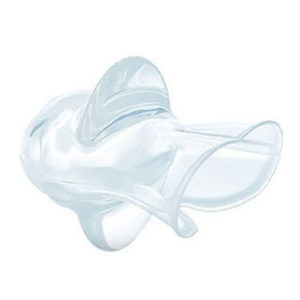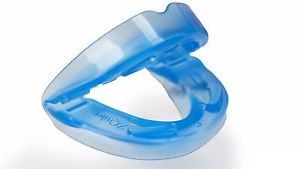When you suffer from sleep apnea, you sleep with your mouth open and as a result, you might wake up with a dry mouth most of the time. When your mouth is dry, you lack saliva that otherwise helps fight bacteria. When your mouth is dry for a long time, the germs start attacking more and this can lead to tooth decay. Lack of saliva can also lead to teeth grinding. The risk of the same is increased due to an overbite or due to the shape of the jaw.
Sleep apnea affects our body in many ways. It is not just the lack of sleep, it affects the breathing, the cardiovascular system, and our oral health in many ways. There is no permanent cure for sleep apnea. The standard treatment for sleep apnea is CPAP, continuous positive airway pressure therapy. The process involved sleeping with a machine that blows air into the throat through a tube and a mask. The process has been proved to be quite effective in the past. Due to the discomfort caused by wearing a mask in the night, most people prefer an oral sleep appliance over CPAPs.
The oral sleep appliance is like a mouth guard. It is designed in a manner to position the tongue and the soft palate in a manner that opens the airway and allows free breathing during the sleep. The oral sleep appliance does not require a mask or any bulky machine which makes it more convenient than CPAPs.
It is not necessary that a person suffering from sleep apnea must wear a mouthguard but given the problems faced by the patient, the appliance is quite helpful for them. The mouthguard can be used to cure mild cases of sleep apnea and helps in correcting the loud snoring. The passage for the air is clear and that helps the patient get proper oxygen albeit proper sleep at night. There are many suggested dental sleep devices but the three most common are MAD, TRD and CPAP
Mandibular advancement device
One of the most preferred oral sleep appliances is a mandibular advancement device. The device keeps the tongue and the jaw locked forward. The tongue is attached to the lower jaw. It creates a new position of balance of the suprahyoid musculature. This keeps the airway intact and helps in stopping the snoring. The device also prevents the patient from grinding the teeth.
Tongue Retaining Devices (TRD)
The tongue retaining devices also work by holding the tongue in a forward position. The device also pulls the tongue forward like in MAD. The difference between the Mandibular advancement device and the tongue retaining device is that it does not position the jaw. It just pulls the tongue forward. However, TRDs are said to be less comfortable than the MAD and it might take months for the patient to get used to sleeping with TRDs.

The oral sleep appliances are custom designed and are made keeping in mind the comfort of the patient. They are affordable and come under the insurance cover. Whether a mouth guard is necessary or not for a patient suffering from sleep apnea depends on the severity of his condition. In the cases of mild sleep apnea, it might be perfectly okay to opt a mandibular advancement device, but if the conditions are serious then the patient must go for CPAPs.
